The two following images compare the EUV flat-field derived from calibration lamps, and the flat-field derived from the offpoint data using the Kuh algorithm. The CalLamp-derived flat-field is a bit more noisy, but this should improve soon.
|
CalLamp-derived
Flat-field
|
Offpoint-derived
Flat-field
|
Here, "before and after" comparisons in the four wavelengths. The left column shows the raw data, the middle column shows the data corrected with a CalLamp-derived flat-field, and the right column shows the data corrected with the offpoint-derived flat-field. Obviously, our current model of the degradation is not that bad ! The scaling is the same in all the images so you can see that not only does the flat-field correct for spatial variations, but also for the overall flux. The remaining dark (and noisy) patches are regions where the combination of a low photon flux with a very poor response of the CCD produced a very weak or inexistent signal. You simply can't recover any information where there was no signal in the first place !
Preliminary analysis confirms the relationship between the CCD response in the visible and in the EUV, and the weak wavelength dependance in the EUV between the short (171/195) and long (284/304) wavelength channels of EIT.
|
Raw data
|
CalLamp-derived
Correction
|
Offpoint-derived
Correction
|
|
|
1 |
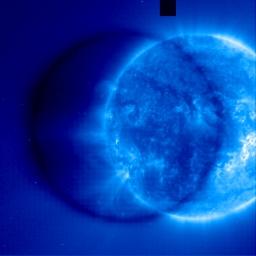 |
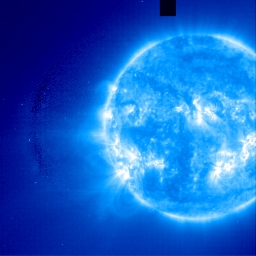 |
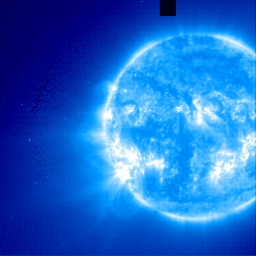 |
|
1 |
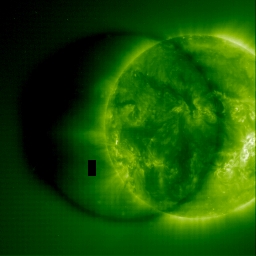 |
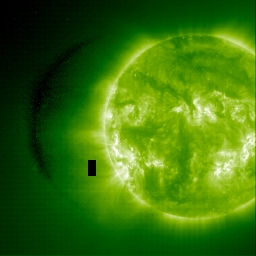 |
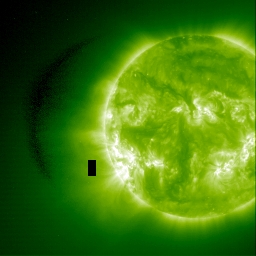 |
|
2 |
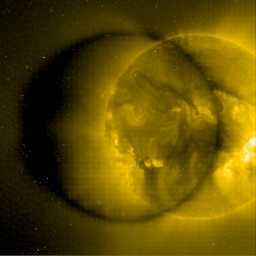 |
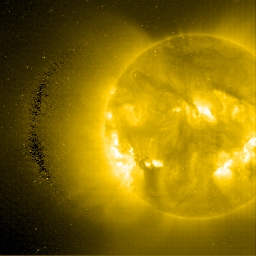 |
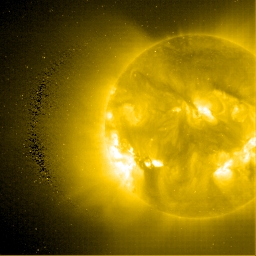 |
|
3 |
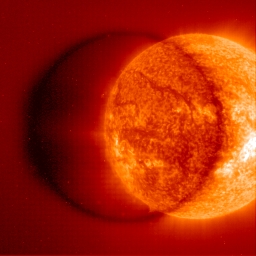 |
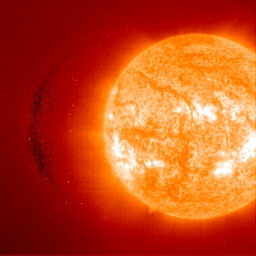 |
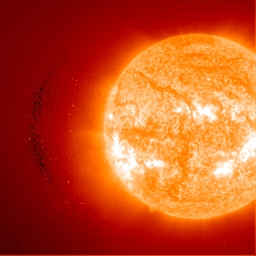 |
Last revised: Tuesday, August 20, 2002 4:31 PM - F. Auchère